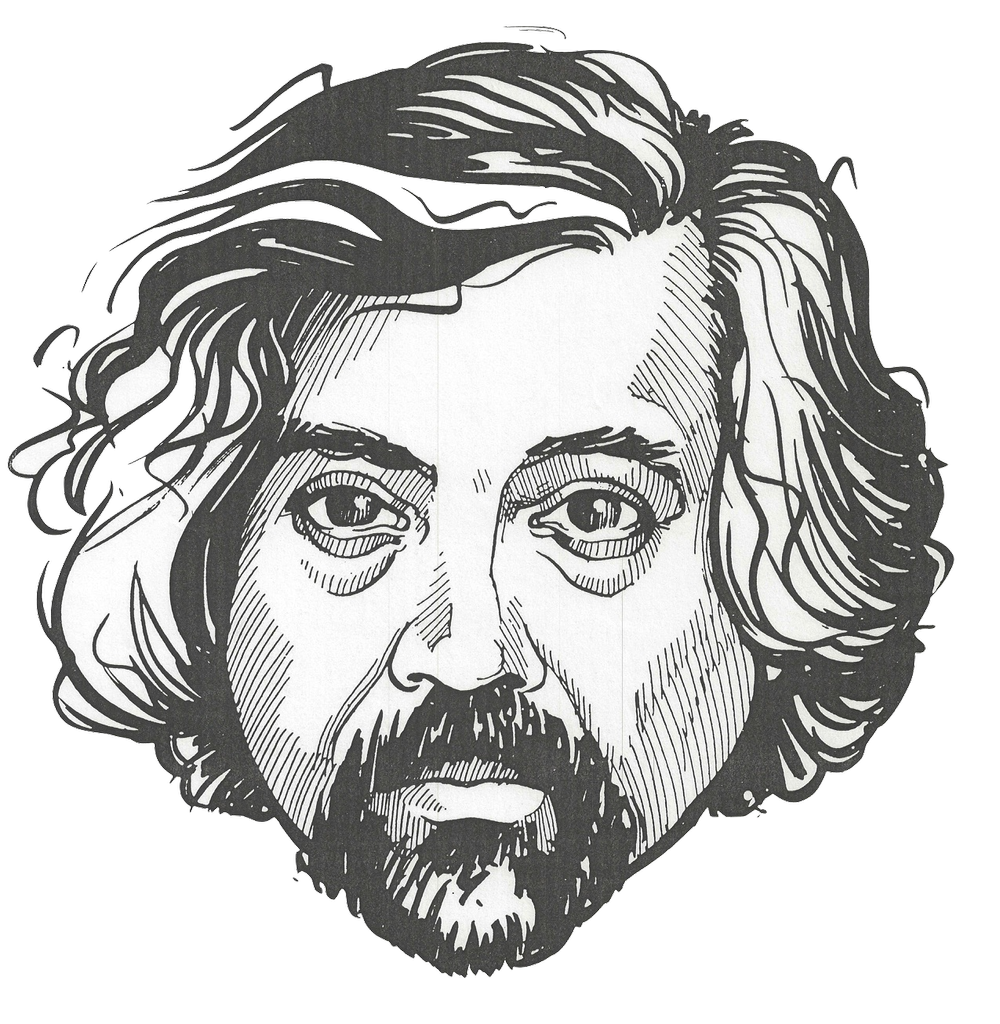In the August of 1987, the initial three-year period for C-DOT was up. To mark the anniversary, we decided to present a report to the nation at Delhi’s big Vigyan Bhawan and give a live demonstration of our telephone exchange to the prime minister and others. We invited 1200 people from all over the country—businessmen, manufacturers, scientists, academics, government ministers, students and all the major media, in addition to Rajiv himself. The C-DOT teams from Delhi and Bangalore provided a live demo and displayed the exchange components and associated hardware we had developed.
I gave a little introduction at the podium. It was outlined in the ‘Report to the Nation’, as follows:
Mr Prime Minister, distinguished guests, and friends from C-COT, it is a pleasure to present a report to the nation on C-DOT’s accomplishments in the last three years. Perhaps someone might be curious to know why, when C-DOT has been an open book right through. The answer is that this great nation of ours had reposed in us ‘super trust’ of developing a sophisticated digital telephone switching technology and products on our own from scratch for Rs 36 crores in thirty-six months. Now the question is, how far have we been able to come up to her expectations. Did we size up to it? The questions posed are as difficult as the answers themselves. But our endeavour would be to answer these queries frankly and honestly for you to judge. According to us, the task was not, and has not been, a simple one, by any yardstick. In fact, for quite some time it was considered to be a great gamble by many. However, we believe it has proven to be a great initiative on the part of the Indian system to challenge the genius and the drive of our young people.
The Centre for Development of Telematics was established on August 25, 1984 by the government with the following objectives:
• To develop sophisticated telematics technology and products indigenously
• To digitize India’s telephone network to improve overall service
• To be prepared for the integrated service digital network of the future
C-DOT is a scientific society funded jointly by the Department of Electronics and the Department of Telecom. The main goal of C-DOT has been to develop accessibility and rural communication with a focus on self-reliance, labour-intensive and capital-sensitive programmes. At present, C-DOT has 425 people with an average age of 25 years. In Delhi, there are 215 working on software, systems and administration. In Bangalore, there are 210 people working on hardware and production. C-DOT has now developed small, medium and large rural exchanges, private automatic exchanges, and other exchanges for the digital networks.
In spite of all our accomplishments, we still have miles to go. We are conscious of the fact that designing a family of digital switching systems will not solve the telecom problems of India. We need to manufacture, install, maintain and service these systems for a long time to come. We recognize that qualified and dedicated people coupled with management skills to mobilize and motivate their capabilities are the ultimate limitations of development and not capital or technology. Finally, we would like to thank our families for allowing each one of us to spend long hours at work, the media for fair coverage of our ongoing activities, and all those individuals, organizations and government agencies who have supported us.
Mr Prime Minister, please allow us to say publicly that without your personal involvement from 1981, our dream to build self-reliance in this vital technology of tomorrow as part of the ultimate goal outlined by our founding fathers of an independent India would have remained only a cherished reverie never to be achieved—but only to be deferred, delayed, distracted and dead. Through your concern, commitment and continuing encouragement, it has been possible to deliver this development to the nation. Mr Prime Minister, thank you for your vision, support and presence.
Then one of the young engineers stood up and made a direct call to a colleague in Bangalore, the two describing and explaining the designs, the products, what they were and how they worked, all in clear layman’s terms, for the benefit of everyone in the hall. Then Rajiv spoke for fifteen minutes. He was impressed. Judging from the media accounts the next day, the entire country was impressed. I was proud of my team and very happy.
That was my concluding report on C-DOT, my way of saying:C-DOT is working well and it is on autopilot. This is the product and the process. Everything is on track and being implemented. Our engineers and administrators have the work in hand.Now it wastime for me to move on.
